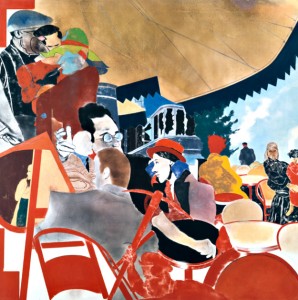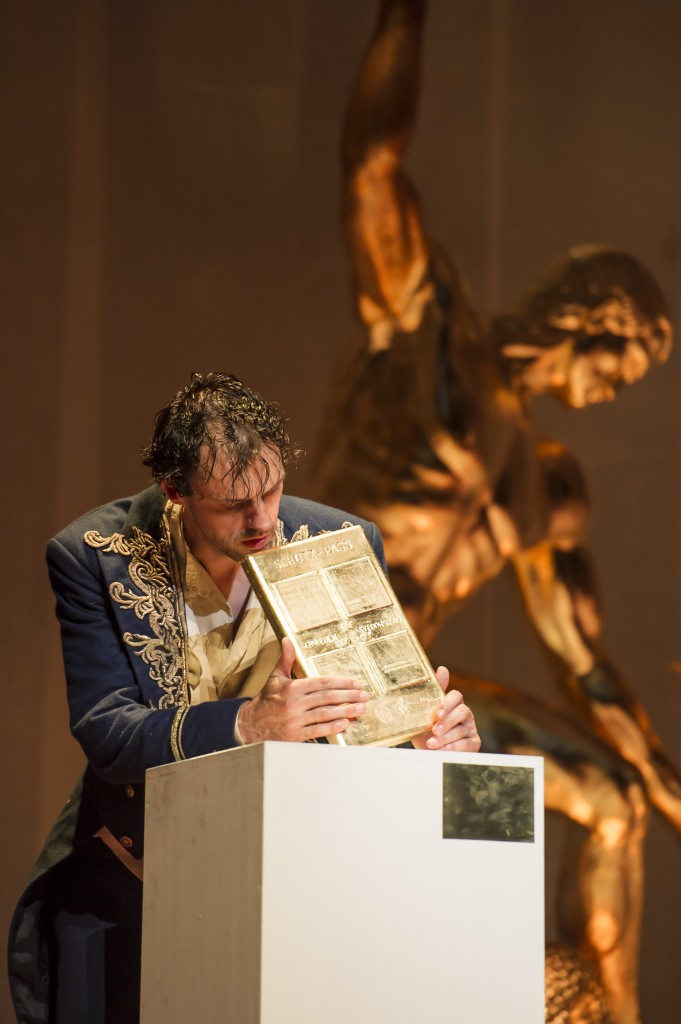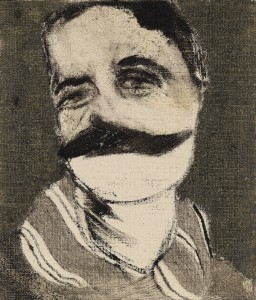Kitaj’s canvasses are riddled with references to artists and scholars, from Erasmus to Herman Melville, from Fra Angelico to Rosa Luxemburg. From a formal perspective, Kitaj’s obsessive use of citations reflects on the visual impact of images and names, signs and references. Conceptually, citations can involve finding artistic forefathers, and building an intellectual community. This is what I find particularly moving about Kitaj’s work: the artist peoples his paintings, like dream worlds, with “adopted ancestors,” who interact with one-another. → continue reading
Riddled with References
Stories of Heroes and Wrangling with History
Raoul Wallenberg, who has been celebrated for decades as a great hero, would have turned 100 this year. The son of a Swedish family of bankers travelled to Budapest at the beginning of July 1944 on behalf of the War Refugee Board, in order to warn Jews living there of their coming destruction. He used his diplomatic immunity to issue Swedish passports for their protection as well as to create safe housing and is believed to have saved tens of thousands from death. Wallenberg disappeared at the end of the war, allegedly dying in a Russian prison. The first memorial to him had already been erected in Budapest by 1949. → continue reading
Dandy and Cowboy
R.B. Kitaj is known for his expressive, strongly-colored paintings and the retrospective at the Jewish Museum does these qualities full justice. Though for me personally, one of the most appealing works was at first unprepossessing. It is very small, barely 15 x 13 cm, in shades of grey – more a study than a painting. The Portrait of Aby Warburg (1958) depicts the pioneer of methodical iconography, who lived from 1866 to 1929. The son of a Hamburg banker, who passed on a career in the family business in order to become an artist and art historian, Warburg was an important inspiration for the painter Kitaj. Warburg studied the afterlife of ancient motifs in Renaissance art, an interest Kitaj shared insofar as he systematically quoted artworks from past eras in his own paintings. → continue reading


